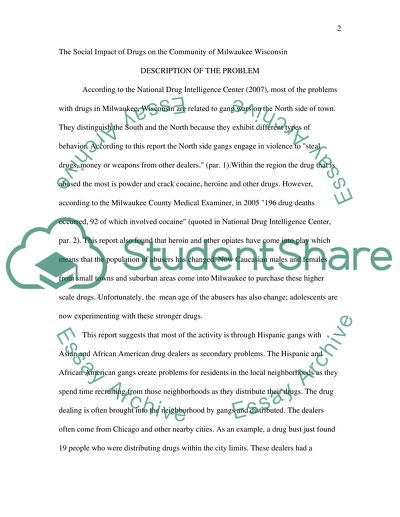Cite this document
(Power of Heroine and Other Drugs Term Paper Example | Topics and Well Written Essays - 2552 words, n.d.)
Power of Heroine and Other Drugs Term Paper Example | Topics and Well Written Essays - 2552 words. Retrieved from https://studentshare.org/sociology/1547107-the-society-effects-of-drugs-in-the-community-of-milwaukee
Power of Heroine and Other Drugs Term Paper Example | Topics and Well Written Essays - 2552 words. Retrieved from https://studentshare.org/sociology/1547107-the-society-effects-of-drugs-in-the-community-of-milwaukee
(Power of Heroine and Other Drugs Term Paper Example | Topics and Well Written Essays - 2552 Words)
Power of Heroine and Other Drugs Term Paper Example | Topics and Well Written Essays - 2552 Words. https://studentshare.org/sociology/1547107-the-society-effects-of-drugs-in-the-community-of-milwaukee.
Power of Heroine and Other Drugs Term Paper Example | Topics and Well Written Essays - 2552 Words. https://studentshare.org/sociology/1547107-the-society-effects-of-drugs-in-the-community-of-milwaukee.
“Power of Heroine and Other Drugs Term Paper Example | Topics and Well Written Essays - 2552 Words”, n.d. https://studentshare.org/sociology/1547107-the-society-effects-of-drugs-in-the-community-of-milwaukee.


